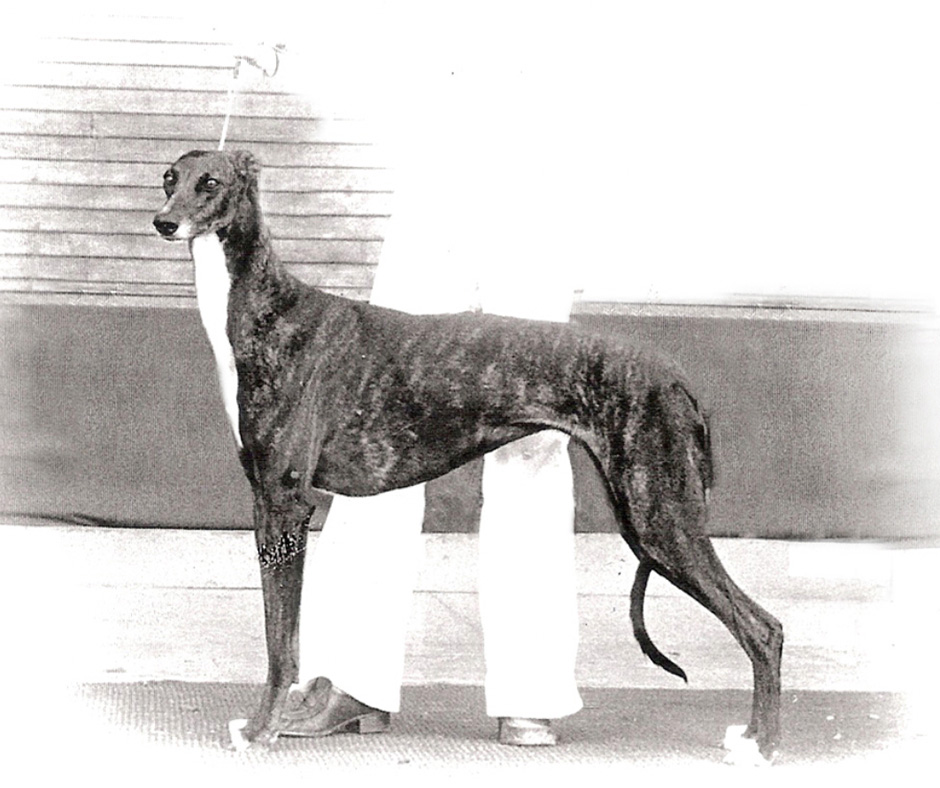642 – Espen Engh Offers a Master Class on Dog Breeding
Espen Engh Offers a Master Class on Dog Breeding
Famed Norwegian Greyhound breeder and judge, Espen Engh, is back with host Laura Reeves offering a Master Class on dog breeding.
“When we started out, there was a combination of two very different British strains that had proven that it worked really worked,” Engh said. “Those two breeders were at the end of their career and they hadn’t mixed their dogs a lot while they were still active. But some very clever breeder very quickly found out that combining those two lines worked extremely well and produced dogs that had been almost unheard of before truly high quality.
“So we collected different crosses between those two lines to combine our own strain to start out with. And I do think it helped a lot that my mother had been active in the breed for 20 years before breeding the first litter. She had been judging for many years as well. We didn’t have to do a lot of the beginner’s mistakes. So from day one, we were able to start at a high note.
“When the breeder repeated (that successful breeding of two disparate lines) by luck or persistence, we were able to buy what we considered to be the best bitch in that repeat litter. And she turned out to be just as good as or probably better than those puppies from that first combination. So we were able to start with a really phenomenal bitch.
“We had a phenomenal male at the time too. He was runner up top dog all breeds in Norway. And maybe if we were amateurs, or if my mother was an amateur, we would have bred those two together, but they didn’t really fit. We would double up on faults. The male turned out not to be a good stud dog at all. And we had lots and lots of litters for other breeders. We never used him. So rather than using that top winning really beautiful dog, which didn’t fit the bitch, we didn’t do that from the start.
“So our first combination was quite successful and we got an outstanding bitch in that first combination. And then we quite quickly realized that in order to progress, you know, now we have like two generations of phenomenal bitches, we would never be able to be big breeders number wise. We didn’t have a big kennel, we didn’t have the style, the facilities to breed dogs on a large scale. So we had to make a system where you can actually breed successfully from a limited number of dogs.
“And I thought, why not just base it on breeding from the very best bitch of each generation? And that’s what we did. When we were at the most active, we would have three or preferably four litters from the very best bitch of each generation.
“As Greyhounds are very fertile, you’ll get an average of like 10 puppies or nine, 10, 11, 12 puppies. Each of those top bitches would then have 20 daughters to choose from. I mean, in every litter, we would keep all the bitches that were thought were good enough. Most of them never just one, two or three. And we’d run them on until they were fully grown so we would know for sure who was the best. And selected the best bitch of each generation and repeated that.
“Now, if the mother is great, the grandmother is great and the great -grandmother is great, you’re very likely to get the really good one out of 20 bitch puppies, aren’t you? But We also need some males to breed them to.
“We also chose the second-best bitch in the generation. Remember the mother had four litters, she would be bred to four different males. We selected the second-best bitch from each generation, preferably a half-sister to the main bitch, which I call the alpha bitch. So the second best bitch, the beta bitch, we would try outcrosses on her.”


